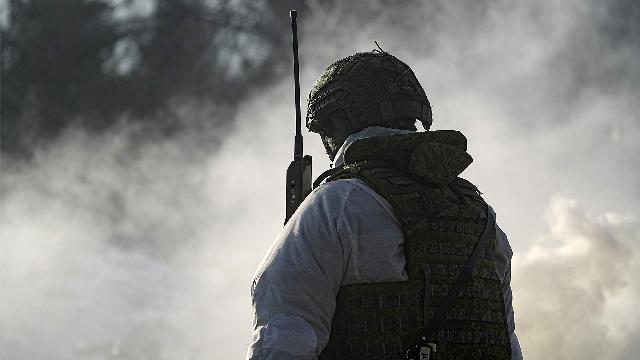The formed formations will supply fuel and water to the units on the line of contact.
Several new pipeline brigades will be created in the Russian army. These formations are necessary to supply troops with all types of fuel and water during large-scale military operations. Experts note that, in addition to solving military tasks, such formations have repeatedly come to the aid of civilians during emergencies.
New pipeline crews
The fundamental decision on the formation of pipeline brigades has already been made in the Ministry of Defense of the Russian Federation. Until relatively recently, the armed forces had more than 20 such formations, but by the early 2010s there were only a few pipeline battalions left, sources in the Russian military told Izvestia.
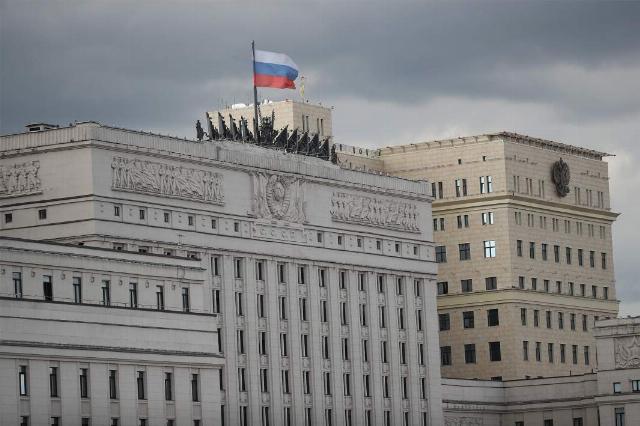
Photo: IZVESTIA/Alexey Maishev
Image source: iz.ru
The SVR has shown that pipeline battalions are needed, since the equipment that delivers fuel is a priority target for the enemy: both fuel tanks and individual vehicles, military expert Dmitry Kornev told Izvestia.
— Modern pipelines are easy to disguise, and their repair is quite simple. It is not difficult to make false highways to mislead the enemy," he explained. — Fuel is required for almost all equipment used in the combat zone. It is likely that there is currently a shortage of professional parts that could quickly deploy fuel pipeline networks. Delivery to a certain distribution center for fuel and petroleum products will take place in traditional ways. But further distribution will go through the networks, the construction of which will be handled by the new connections.
The construction of pipelines near the front line requires high training of the army and the technical level of development of the whole country, military expert Viktor Litovkin told Izvestia.
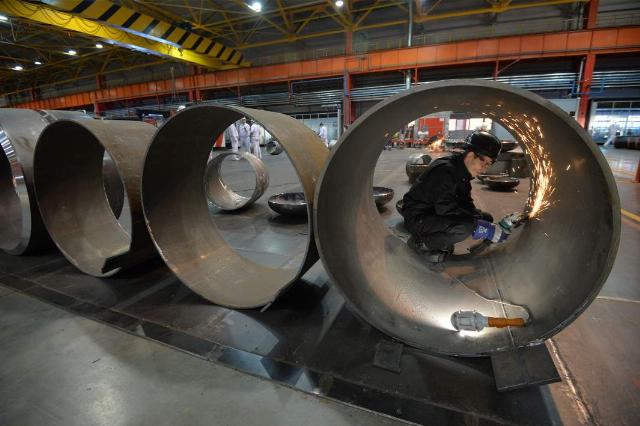
Photo: RIA Novosti/Alexander Kondratyuk
Image Source: iz.ru
"In Russia, these specialized troops have repeatedly provided assistance to both the military and the civilian population," the expert noted. — It is easier to supply large groups on the line of contact with pipelines than with the same vehicles. Fuel-fueled cars are also very vulnerable on frontline roads, especially now when enemy drones are trying to attack them.
Life-saving highways
Already at the beginning of the 20th century, when the mechanization of armies began, it became clear that the troops needed large amounts of fuel and lubricants, military historian Dmitry Boltenkov told Izvestia.
"In those years, the search for effective ways to supply troops with fuel began," he noted. — Of course, the fuel was transported by rail and motor transport. We were also looking for an alternative. High-performance pipelines were well suited for this role. Already during the Great Patriotic War, our troops conducted a fuel line along the bottom of Lake Ladoga to besieged Leningrad with a length of more than 30 km. She, along with the Road of Life, helped the city to survive. In 1944, after the invasion of continental Europe, our allies stretched pipelines from England to France.
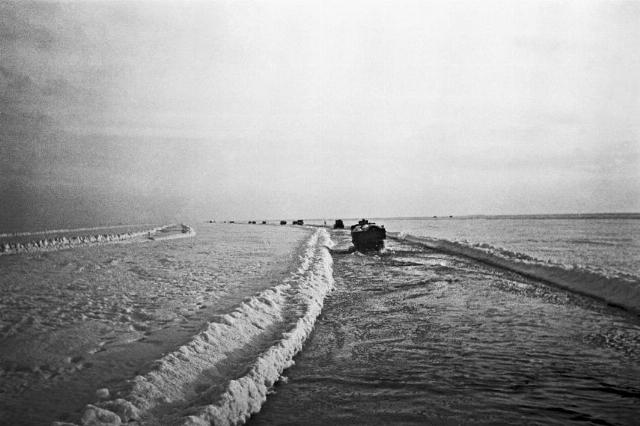
Lake Ladoga Water and Ice Track — The Road of Life
Image source: Photo: RIA Novosti/Alexander Brodsky
Already after the Great Patriotic War, separate pipeline connections appeared in our army.
"They performed well in Afghanistan, helping to establish an uninterrupted supply of fuel to our troops in this country,— Dmitry Boltenkov noted. — Moreover, many pipelines were laid in mountainous areas, and they were attacked by the enemy more than once.
The unique capabilities of the pipeline troops have been used more than once in peacetime — military personnel participated in eliminating the consequences of natural disasters and man-made accidents. In particular, they provided drinking water to entire areas affected by the Chernobyl accident or after the earthquake in Armenia in 1988.
In 2010, pipeline units were involved in extinguishing peat bogs in Moscow and other regions. It was the military personnel who were responsible for the installation of highways that supplied water to the fires.
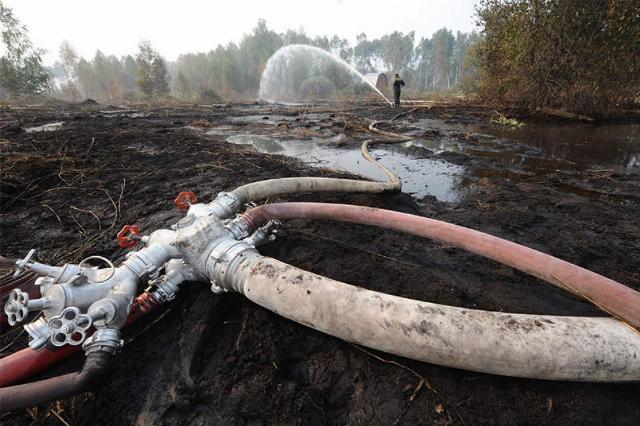
Photo: TASS/Stanislav Krasilnikov
Image source: iz.ru
In 2014, Ukraine began a blockade of the Crimean Peninsula, blocking the North Crimean Canal, which supplied water to the peninsula. Pipeline parts were able to save the peninsula from serious economic and environmental consequences by installing long field lines through which water flowed. After the start of the SVO, pipeline units were also involved in solving problems with drinking water in Donetsk.
Airborne troops strengthen the rear
Earlier, Izvestia wrote that the post of deputy commander for the rear will be introduced into the staffing table of the Airborne battalions. These officers will be responsible for the supply of ammunition, equipment, ammunition and other materiel. In combat conditions, reliable supply is particularly important.
The experience of the SVO shows that battalions often operate in isolation from the main forces of the regiment, and they often allocate assault groups for independent operations.
Such groups need additional ammunition, food, equipment, ammunition, and more.
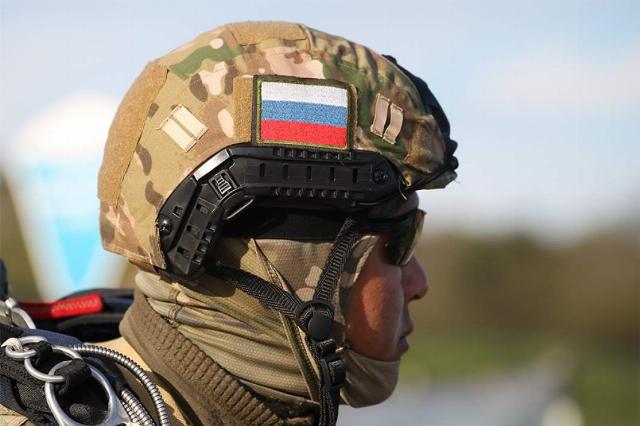
Photo: RIA Novosti/Vitaly Timkiv
Image source: iz.ru
ITO issues have become more complex and important, and the proper allocation of resources at the regimental level, which includes several battalions, is difficult. Depending on the combat missions being solved, the battalions may have different requests. Now they will have to be formulated and solved by battalion deputies in the rear.
Previously, these duties largely fell on the battalion commander. The appearance of a new full—time unit at the headquarters of the Airborne battalions will relieve the commanders, allowing them to focus on the main task of training and conducting combat operations.
Vladimir Matveev
Bogdan Stepovoy
